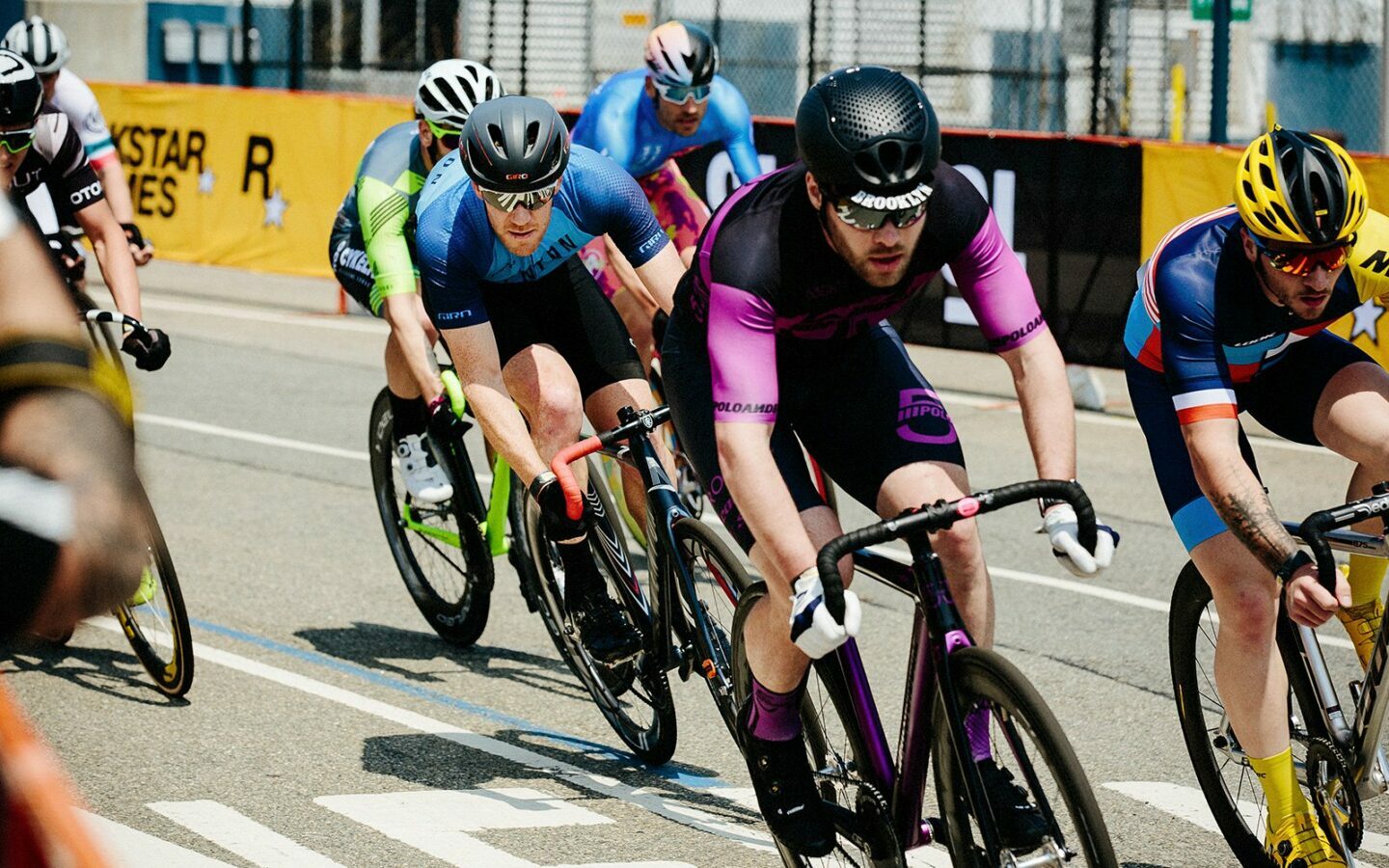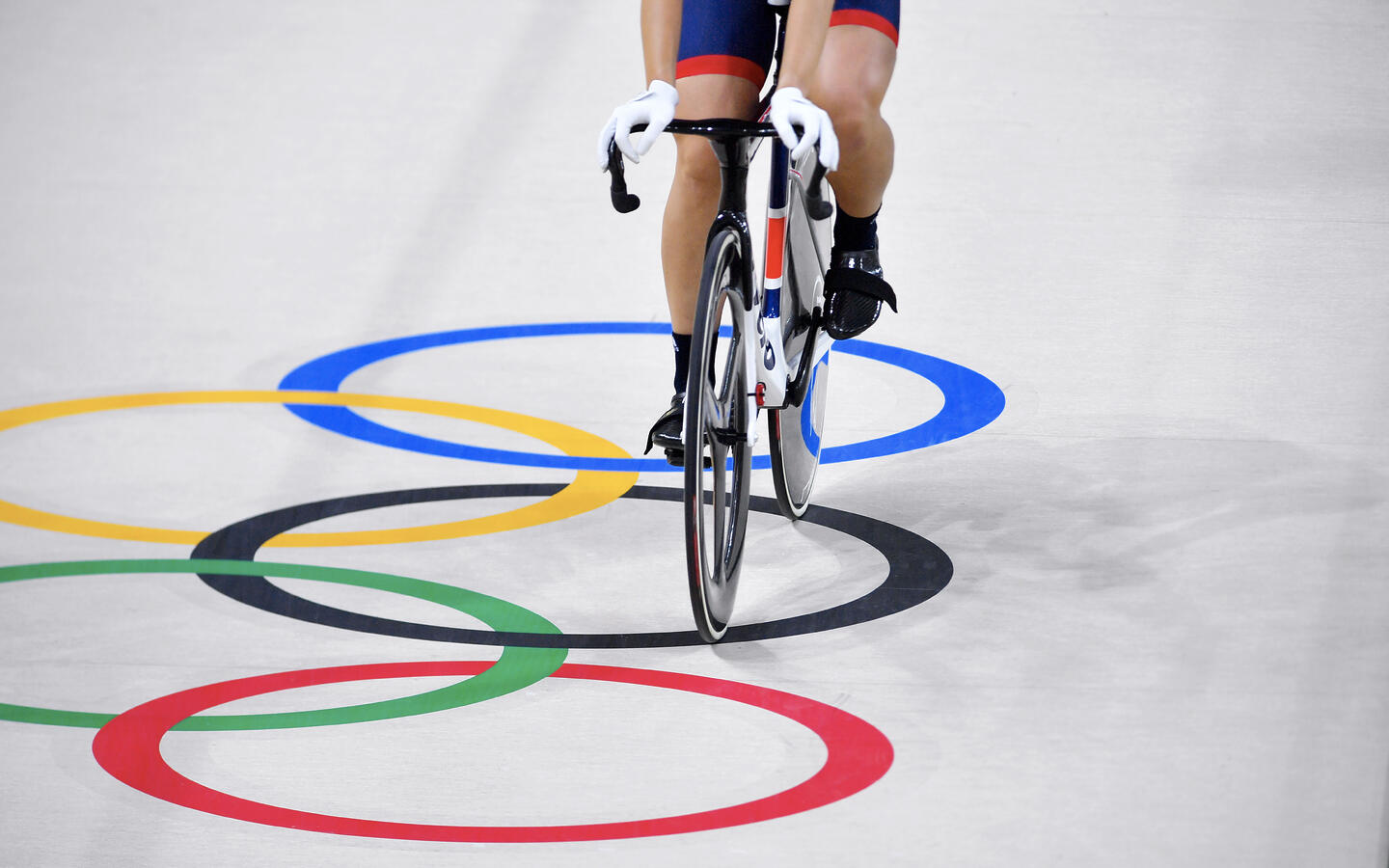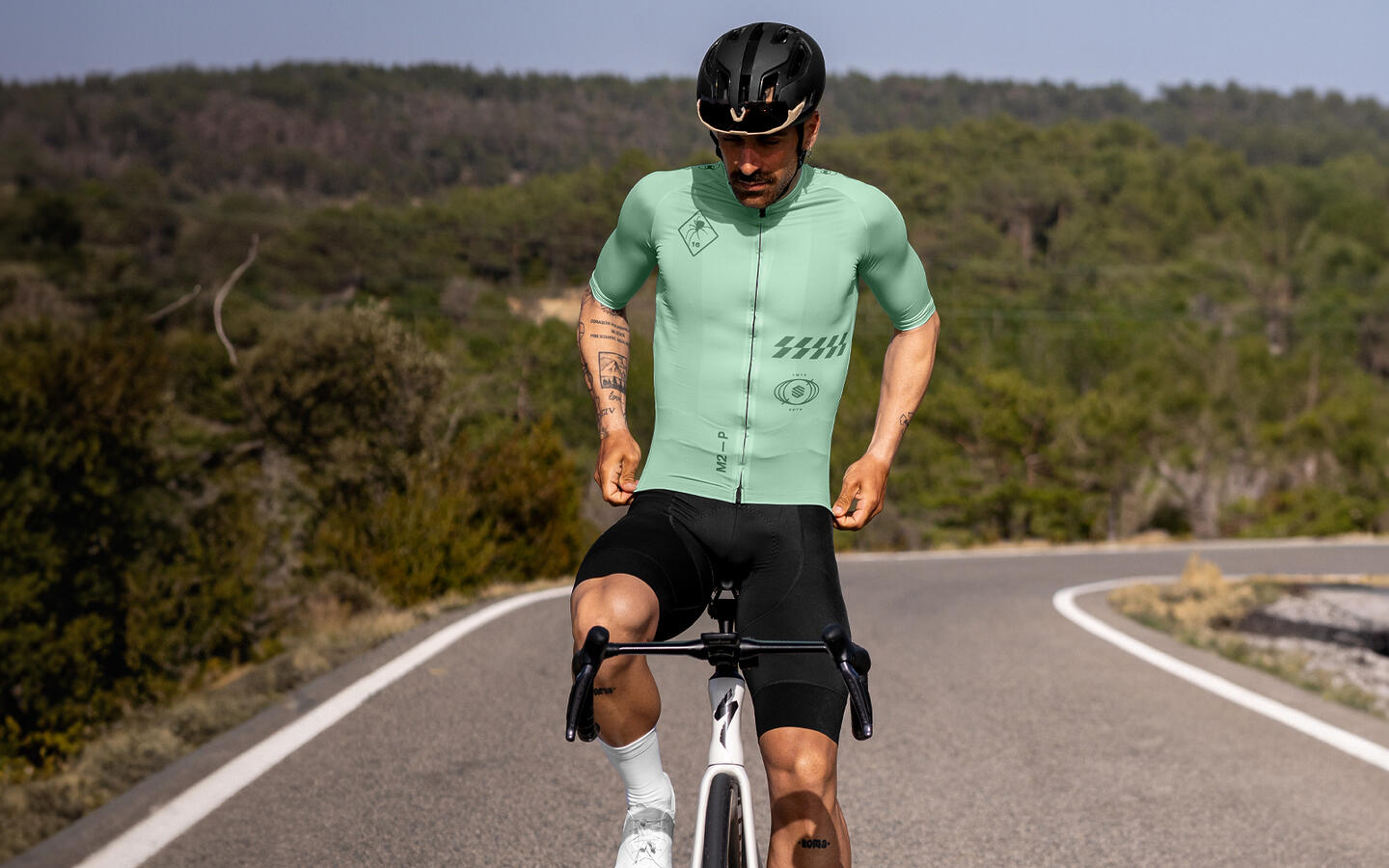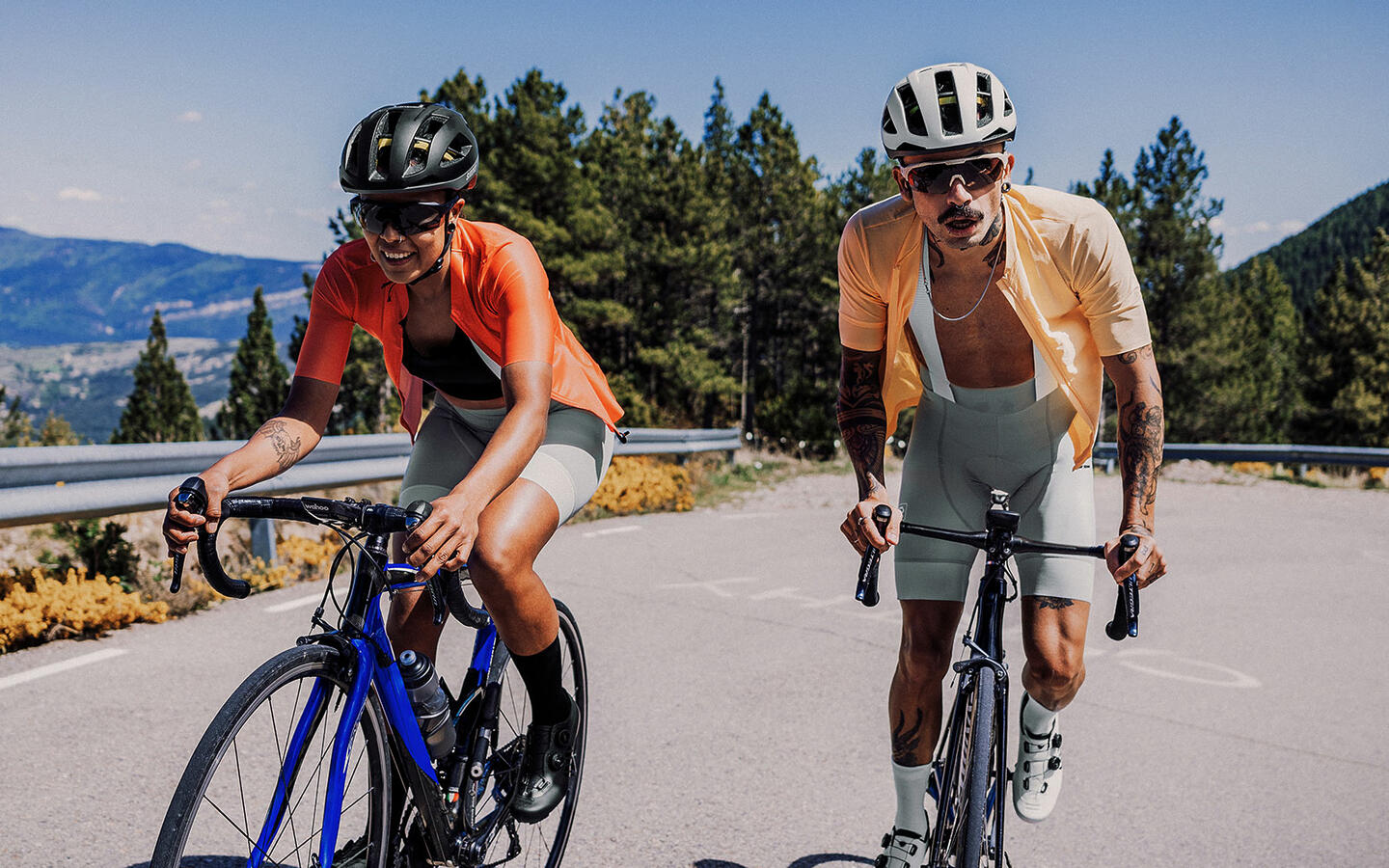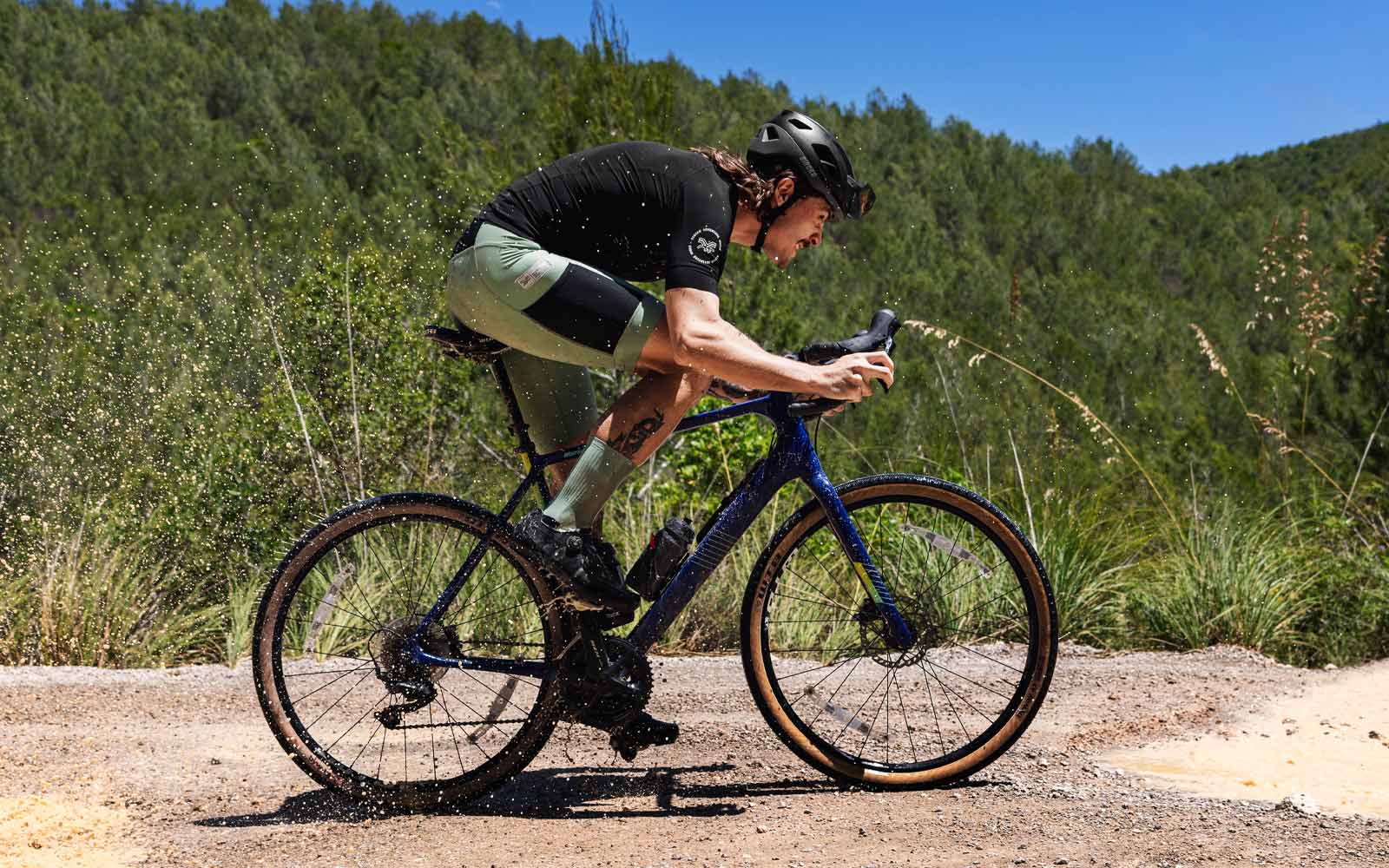There is no universal answer as we all have different tastes and needs. If we focus on pure functionality, putting fashions and personal preferences aside, there are four key points we should consider before choosing between a fixie and a geared bike to get around the city:
- Your cycling experience.
- The type of city and weather.
- The kind of trips you do around the city.
- If you already have a geared bike and what type of bike it is.
First, let’s explain what a fixie is. It is a fixed gear bicycle, without freewheel, with a single speed and usually no brakes. If the bike moves, the pedals move, which forces you to pedal constantly, using counter-force to brake.
Experience
If you have never cycled before or you only use your bike occasionally, a fixie is not the best choice because you won’t be able to coast (continue moving after you have stopped pedalling).
Fixies’ simple design makes them seem attractive for rookies as you only have to pedal and steer, but an inexperienced rider might have a hard time on curves, in traffic or on descents at high speed.
A fixie without brakes can only be stopped by backpedaling, a technique that requires practice, caution and a lot of braking skill. An inexperienced person who has to brake suddenly is unlikely to avoid an accident.
Even experienced riders need to get used to a fixie, although their riding skills are a very useful background for this type of bike.
Type of city and weather
Fixies are in their element on flat terrains, but a hilly or mountainous city with loads of climbs or descents can be challenging. You’ll need to exert more force on climbs and take your feet off the pedals on steep descents if you are going really fast. You can also use your legs and body for extra resistance to the rotation of the cranks and slow the bike down.
The weather is important but not decisive if the fixie or geared bike can be fitted with mudguards, a key element for rainy climates.
Cornering and braking on a fixie during rain or on wet terrain can also be tough. Since we can’t stop pedaling and our brakes are our legs, the bike becomes even more unstable in wet conditions.
In a bike-friendly city we can use both a fixie and a geared bike, however, geared is a better choice in a city with loads of traffic and scarce bike lanes.
What kind of trips do you go on around the city?
On longer distances, a geared bike is more comfortable and faster. A fixie offers the same level of performance (or even a slightly better one) on shorter trips. If you use the bike to commute and you can leave it at your company’s facilities or in a guarded parking lot, either of the two bikes will work. On the other hand, if you also use the bike for leisure and you have to park it on the street, a fixie or a cheap and unremarkable geared bike is a better choice.
What type of geared bike do you have?
Depending on how much you value your geared bike and how expensive it is, you most probably can’t (and shouldn’t) park it just anywhere. Even if you have the strongest bike lock, it might not keep the thieves away.
Besides, you have to be more careful when locking a carbon geared bike than a fixie.
That being said, let’s take a look at the pros and cons of a fixie and a geared city bike.
Fixie – Pros
- Simple design. A fixie means minimum elements. You can add a front brake for safety (and legal requirements in some places) and that’s it.
- Efficiency. The transmission of power from the pedal to the rear wheel is more efficient because the chain is always straight and does not pass through the entire rear derailleur mechanism.
- Sturdiness.
- Low maintenance. As there are no gears, brakes, cables, derailleurs or levers, they do not require much care beyond inflating the wheels and lubricating the chain from time to time.
- Price. Fixies are usually cheaper than geared bikes.
- Weight. If we get rid of various components, the bike will logically weigh less. Even so, there are high-end geared bikes that weigh less than a fixie.
- Great for flat terrains.
- You can leave it locked up in the street.
- You don’t use up or damage your geared bike.
- You get strength training as you can’t shift gears. You have to push hard on the pedals to start riding or to climb a hill.
Fixie – Cons
- Simple design. It can be more of an inconvenience than an advantage for some people.
- It requires some skill and experience.
- Steep slopes are challenging.
- And so are steep descents. You have to take your feet off the pedals at high speed.
- Limited maximum speed depending on your strength and skills.
- You can wreck your knees. A fixie is out of the question if you have knee problems because you exert a lot of force on them when you start from a standstill and have to brake with your legs.
Geared bike – Pros
- Gears. You can adapt to different speeds and terrains.
- Multifunctionality. Geared bikes are more versatile than fixies. You can use them in the city and, depending on the type of bike, also in the mountains, on the road, on forest trails…
- Speed. A geared bike is generally faster than a fixie. This is especially noticeable when going downhill, as you can shift gears to go faster.
Geared bike – Cons
- Requires higher maintenance due to more components.
- Increased breakdown probability.
- Price. More expensive than a fixie, especially in the medium or high range. In the lower range there are geared bikes (road, mountain and urban models) at similar or even lower prices than a new fixie.
- Difficult to lock up, especially in the case of mid/high-end carbon bikes with quick-release wheels.
- They’re a magnet for thieves, especially those fancy and expensive models.
- Clipless pedals. You can use normal shoes or sneakers, put on cycling shoes, change pedals or buy an adapter to switch to flats.
Let’s conclude with a few recommendations:
If you are going to buy your first bike and you decide on a fixie, look for a model that has brakes (at least the front one, if it has the rear one too, that’s even better) and a rear wheel with a flip-flop hub to be able to change from fixie to freewheel. This way you turn your fixie into a single speed and you can coast at any time.
It is also important to choose a proper handlebar; on fixies you can find flat handlebars (MTB style), road bike handlebars and bullhorn handlebars.
No matter if you choose a fixie or a geared bike, do not forget your helmet, lights (front and rear) and mudguards on rainy days.
Finally, respect the traffic rules: red traffic lights mean the same thing, whether you ride a fixie or a geared bike.
